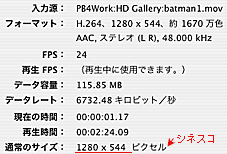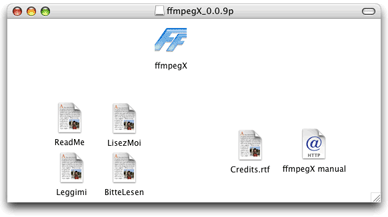

Note: The xmlns attribute is only required on the outermost svg element of SVG documents. It is used as the outermost element of SVG documents, but it can also be used to embed an SVG fragment inside an SVG or HTML document. You may have to explicitly specify an encoder, e.g. The svg element is a container that defines a new coordinate system and viewport. If you want to transcode audio, remove the -c:a copy part. Though you can't do that with the video of course (in this case), that has to be transcoded because we are creating a new video source.

would simply re-use the audio from the source file. First convert the SVG images to a raster format, such as PNG or JPEG. The -acodec copy / -c:a copy that you have in your command f.e. Check the H.264 encoding guide for possible settings. If you want a certain image quality/settings and not the settings ffmpeg chooses, add the image and or audio encoding options you want to use.
#Ffmpegx svg mp4
Which would also come from input.mp4 but would point to the audio track instead of the video track in the mp4 file. would mean we want the first imported audio track. :v just means we want the video track from these file sources. means that we want the first video file we import with -i, in our case input.mp4 or how ffmpeg sees it, video input file number 0, to be under video input file 1, in our case image.png. Overlay=25:25 means we want to position the image 25px to the right and 25px down, originating from the top left corner (0:0).Įnable='between(t,0,20)' means we want the image to show between second 0 and 20.

You can do a simple image overlay using the following syntax: ffmpeg -i input.mp4 -i image.png \


 0 kommentar(er)
0 kommentar(er)
